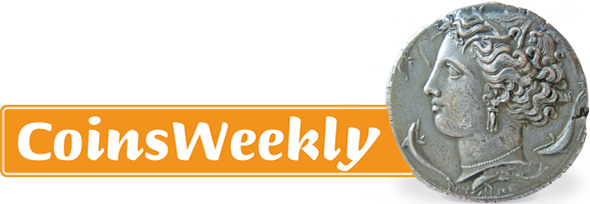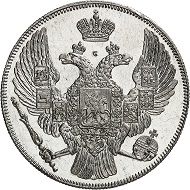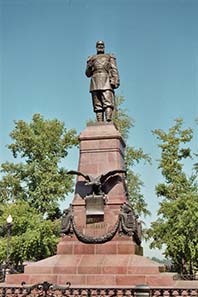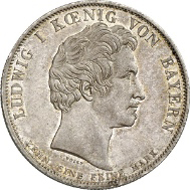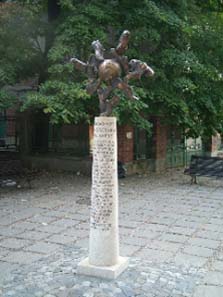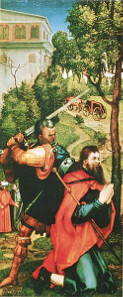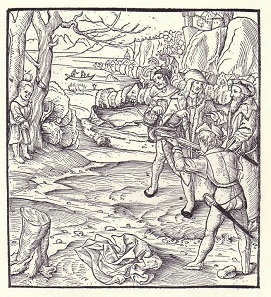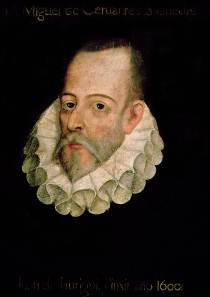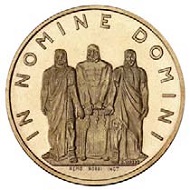A Platinum Set from 1839 that Once Belonged to Great Prince Georgy Mikhailovich
Platinum coins rank among the great and most sought-after rarities of Russian numismatics. In their upcoming Berlin Auction, auction house Künker will offer a complete set of said rarities of exceptional condition, which once belonged to Georgy Mikhailovich, arguably the most famous collector of Russian coins.






